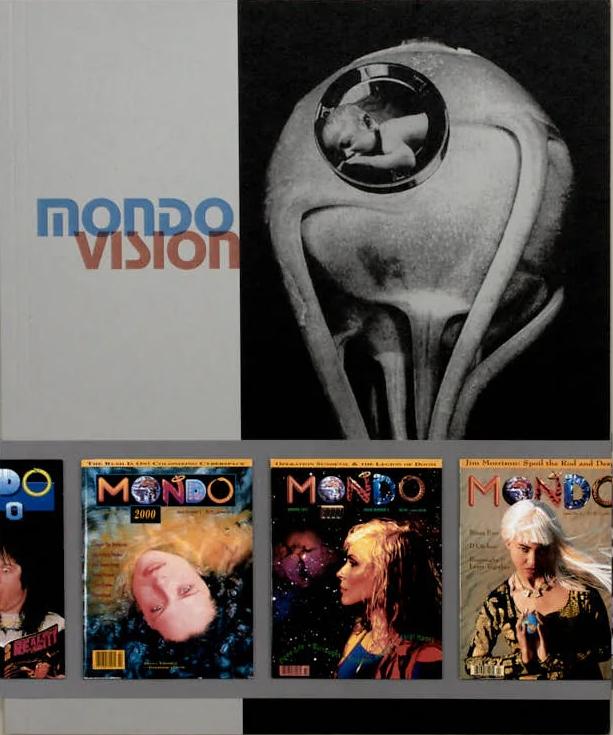Viscose Issue 5 RETAIL

ISSUE 5: RETAIL
WITH GUEST CO-EDITOR: CAMILA PALOMINO (US)
WITH CONTRIBUTIONS BY: DENNIS BRZEK, ANASTASIA HOWE BUKOWSKI, MICHAEL BULLOCK, FELIX BURRICHTER, CANAL STREET RESEARCH ASSOCIATION, NOAH DILLON, HARUN FAROCKI, ANNA FRANCESCHINI, IGNACIO GATICA, CHRISTIAN HINCAPIÉ, JUJE HSIUNG, JESSICA KWOK, RHONDA LIEBERMAN, MATTHEW LINDE, MARGE MONKO, CHEUK NG, LUIS ORTEGA, CAMILA PALOMINO, ANDREAS PETROSSIANTS, LEAH PIRES, INTERNATIONAL LIBRARY FOR FASHION RESEARCH, VÉSMA KONTERE MCQUILLAN (INTERNATIONAL LIBRARY FOR FASHION RESEARCH), ROSE SALANE, ALICE SARMIENTO, MUSEUM OF MODERN SHOPPING, JEPPE UGELVIG, SEAN VEGEZZI, POST VSOP, EVIE WARD, LEAH WEIRER PUBLISHED IN COLLABORATION WITH STOREFRONT FOR ART AND ARCHITECTURE (NYC) AND INTERNATIONAL LIBRARY FOR FASHION RESEARCH (OSLO)
The fifth issue of Viscose explores fashions multifaceted retail spaces and cultures. With the evolution of shopping in the 20th and 21st centuries as its focus, the issue looks at the shop as a central nexus where communities and identities are continuously produced and re-imagined through commerce. With a special attention to the role of fashion retail within urban spatial politics, we seek out histories of projectsoften developed with or by artiststhat have embraced the shop as a medium of both possibility and contestation.
Retail is a central site of fashion production. It is in the store, mall, and e-shop that fashion products reveal the extent of the libidinal capitalist economya desire that has been theorized for centuries as commodity fetishism, a magical power relegated to objects as they enter circuits of exchange. As such, the shop is a stage for fashions oldest rituals, one that has become synonymous with capitalist modernity. Over the last century, shopping spaces have accelerated and mutated, into malls and department stores, re-imagining new types of public spaces structured by increasingly sublime architectures of consumption. As a public activity that demands (and thus commands) physical space, shopping continues to produce social relations that are deeply political in nature: gender, class, gentrification, surveillance, and police power are all ambiently produced and reproduced within retail spaces. As spaces dedicated to the reproduction of capital, retail necessitates systems, both formal and informal, of loss prevention and security that are embedded in physical infrastructure and embodied within consumers. As such, retail can be understood as sites of political contestation, transgression, and resistance, however quotidian or slight they may seem.
We are studying retail in the aftermath of various proclaimed crises and revolutionsstore death, retail apocalypse, digitization. Yet through these times, brick-and-mortar fashion consumption has not died but instead morphed in both appearance and function, serving today as sophisticated branding spaces in an aggressive experience economy. Retail, as we see it and know it in our contemporary moment, manically negotiates the ever-shifting relationship between contrasting spacesurban, rural, virtual, invisibleand often prototypes infrastructures that are then adopted elsewhere in society.
Welcome to Viscose 05. We are grateful for the support of our co-publishers, particularly Storefront for Architecture and Between Bridges, without whom this issue would not have been possible.
Sin existencias
Sin existencias en este momento. Si desea información sobre el libro, por favor contacte con bookshop@ivorypress.com


